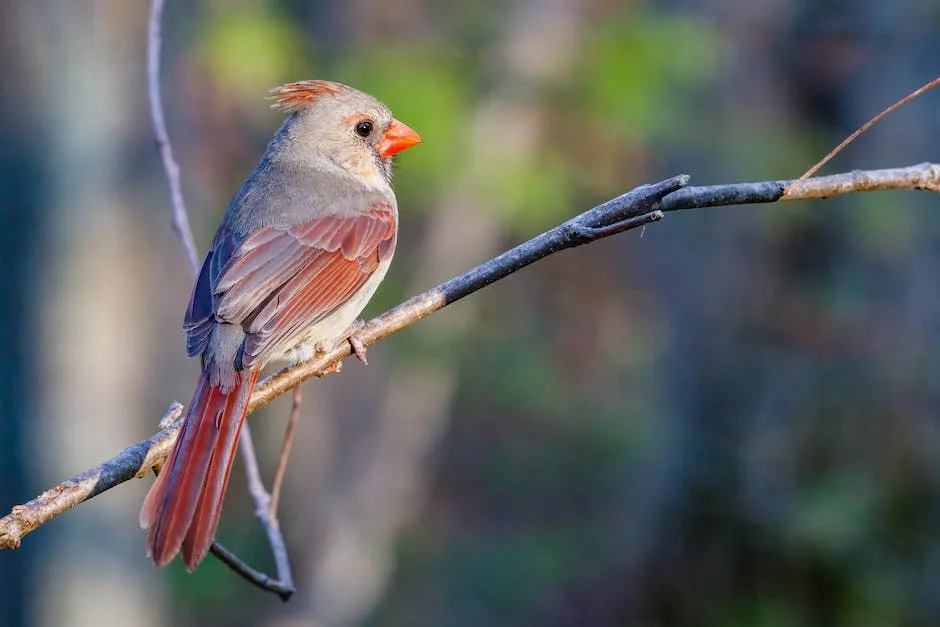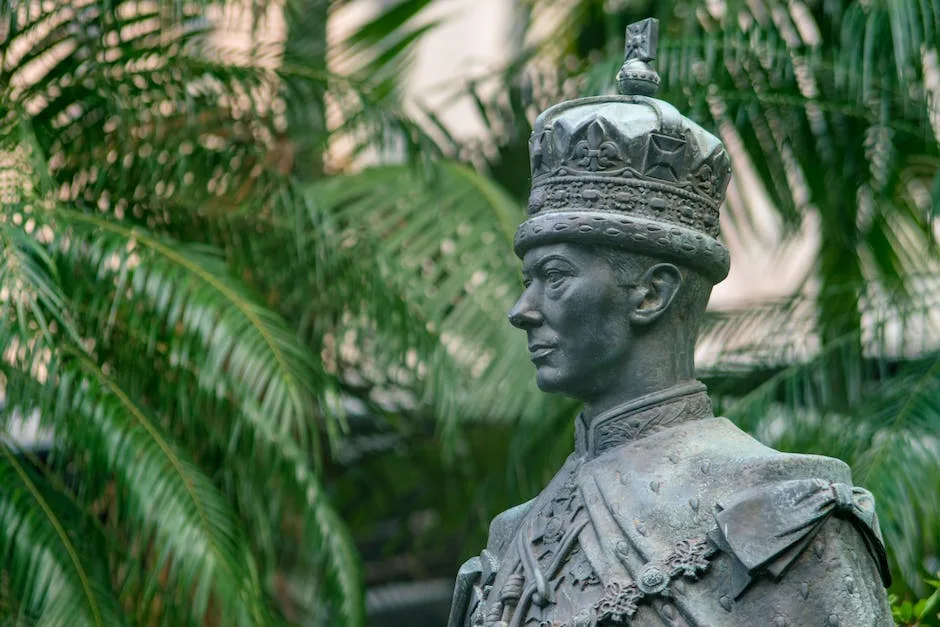Crimson king maples, also known as Norway maples, are a popular type of tree. They are known for their beautiful, deep red leaves, which make them a popular choice for landscaping. Crimson king maples are also a good choice for a shade tree, as they are fast-growing and have a dense canopy of leaves. However, there are some drawbacks to crimson king maples. They are susceptible to a number of diseases and pests, and their roots can damage sidewalks and foundations.
There is no easy answer when it comes to whether or not crimson king maples are good trees. Those who love the bright coloration of their leaves may consider them to be good trees, while others may find them to be too messy. Ultimately, it comes down to personal preference.
What is the lifespan of a Crimson King maple tree?
The Crimson King Norway Maple is a medium-sized tree that can live for over 100 years. It has a beautiful red color that will add interest and beauty to your landscape for generations to come. There are several cultivars of Norway Maples, so be sure to choose one that is right for your particular landscape.
The ‘Crimson King’ Norway maple is a popular tree for its purple-green foliage throughout the summer. It grows to a height of 35 to 45 feet and spreads about 25 to 30 feet. The leaves turn brown, dark maroon or bronze in the fall before dropping.
Is a Crimson King maple invasive
The Norway maple (Acer platanoides) is an extremely shade-tolerant, canopy-height tree that is often planted as a cultivar. The “Crimson King” cultivar has purple-red leaves that are opposite, 5-lobed with pointed tips, and lack other teeth.
The Royal Red Maple is a great choice for those looking for a beautiful, disease-resistant maple tree. This variety is similar to ‘Crimson King’, but with improved disease resistance and better coloring. Royal Red is also less vigorous and less prone to frost cracks.
Do Crimson King maples grow fast?
This maple tree is expected to grow at a rate of 12-24″ per year. At maturity, it will reach heights of 35-45 feet.
The Crimson King is a variety of Norway maple that is slow-growing but can reach the same size as the regular Norway maple in 35 to 40 years.
How far my house should I plant a red maple tree?
When planting a red maple tree, be sure to provide at least 20 feet of space from the house. More space is better to allow for horizontal spread of branches.
This maple is perfect for adding some bold and unique color to your yard! The deep purple foliage is showy and beautiful, and it turns a lovely maroon to bronze in fall. This tree is also low maintenance and easy to grow, making it a great option for those who don’t want to put too much work into their landscaping.
How much is a Crimson King maple
This Maple Crimson King is a 15 gallon tree that matures to 25-30 feet tall and wide. It is approximately 8-10 feet tall now and is priced at $27999.
The Red Maple tree is a great tree for your yard. With a mature width of 30 feet and height up to 60 feet, this is a good sized shade tree. Be sure to give it plenty of room to thrive. The Red Maple tree is a beautiful addition to any yard and will provide plenty of shade and beauty for years to come.
Can I plant a red maple close to my house?
It’s important to take into consideration the size of a tree when planting it near a home. A maple tree can grow to be quite large, so it’s important to plant it 20 feet or more away from the structure of a home in order to avoid any damage as the tree grows. Planting it for shade purposes is still possible as long as the tree is planted at the minimum recommended distance from the home.
Acer platanoides, also known as the “Crimson King”, is a popular landscape tree that is often mistakenly referred to as a red maple. Today, we are setting the record straight and learning more about this tree. Acer platanoides is a Native American species that is widely distributed throughout the eastern United States. It is a deciduous tree that typically grows to a height of 40-60 feet and a width of 20-30 feet. The leaves of Acer platanoides are dark green in color and have a glossy texture. The leaf shape is ovate with sharp serrated edges. In the fall, the leaves turn a beautiful crimson color, which is how this tree gets its name. The Crimson King is a hardy tree that is adaptable to a variety of soil conditions. It prefers full sun but will also tolerate partial shade. Acer platanoides is a popular choice for landscaping because it is low-maintenance and has a long lifespan. If you are looking for a beautiful tree to add to your landscape, consider the Crimson King!
Why is King Crimson so popular
King Crimson’s influence on progressive rock cannot be understated – they were the first prog band of all time, and their debut album In the Court of the Crimson King was so different to anything else that was being released at the time. They pioneered the use of long-form suite-composed songs, complex time signatures, and orchestral and jazz structures, and their experimentation and innovation has inspired countless other prog bands over the years. If you’re a fan of prog, then you owe a debt of gratitude to King Crimson.
There are many colorful maple trees that can add beauty to your landscape. Coral Bark Japanese Maple (Acer palmatum ‘Sango-kaku’) is a stunning tree with coral-red bark that is especially vibrant in winter. It grows best in zones 5-8. Red Dragon Japanese Maple (Acer palmatum var dissectum ‘Red Dragon’) is another beautiful option with crimson-red foliage that is especially stunning in autumn. Autumn Blaze Maple (Acer x freemanii) is a hybrid maple with bright orange-red fall foliage. It grows best in zones 4-8. October Glory Maple (Acer rubrum ‘October Glory’) is a popular red maple with brilliant fall foliage. It grows best in zones 4-8. Red Maple Tree (Acer rubrum) is a common North American maple that is known for its brilliant red fall foliage. It grows best in zones 3-9. Red Sunset Maple (Acer rubrum ‘Franksred’) is another beautiful red maple with striking fall foliage. It grows best in zones 4-8.
What is the strongest maple tree?
The Norway Maple is one of the toughest maples and can grow in a variety of poor conditions. Poor soil, rocky soils, soil that’s heavy in clay, sandy soil, etc. The Norway Maple will also stand up to smog and air pollutants in urban areas.
The Crimson King Maple tree does best in full sun to partial shade. It is important to water deeply when young, but avoid standing water. Fertilize in early spring with a slow-release general purpose fertilizer designed for landscape trees.
What is the slowest growing maple tree
Trident maple is a great choice for a low-maintenance shade tree. It grows slowly and rarely needs pruning. It’s also relatively drought and disease resistant. Plant this tree in full sun or partial shade.
Red Dragon is an excellent tree to choose for a sunny location. It is highly tolerant of sunlight and will not scorch easily. The leaves of this variety emerge cherry-pink in spring, turn red in summer, and become crimson in fall – providing year-round interest.
How big is a 10 year old maple tree
The first 10 years of a tree’s life are crucial to its growth. After that, the growth slows down and tops out. So if a tree is 10 feet tall, it is probably older than 10 years. If it is 15 feet tall, it is probably younger than 10 years. The “Aoyagi” cultivar reaches 10 feet tall and wide at 10 years old but matures to 20 feet in both directions in USDA zones 5 through 8.
One of the most common North American hardwoods, the red maple is also among the most beautiful, with its scarlet leaves in fall. It is a rapid-growing tree, sometimes reaching a height of 30 m (100 ft) in 40 years. Its wood is light red in color, soft, and brittle.
What can I plant under Crimson King maple
Crimson King is one of our highly recommended cultivars. This purple leafed cultivar prefers acid soil. Difficult to grow shrubs or lawn beneath, but ground covers such as Bigleaf Periwinkle, Liriope, Mondo Grass or Carpet Bugleweed will work.
Red maple roots are less aggressive than silver maple, making it a good choice for a street tree. However, surface roots beneath the canopy can make mowing difficult.
Do maple tree roots damage houses
While tree roots can damage a house foundation, it is important to note that they are opportunistic and will typically only grow and penetrate into areas that are easiest for them to do so. This typically includes friable soils and mulch. Therefore, it is important to take measures to protect your house foundation from tree roots by making sure that they are not able to gain access to these areas.
Roots can raise sidewalks, just as silver maples can, but they have a less aggressive root system. While silver maples have roots that grow close to the surface, often heaving sidewalk slabs, the roots of trees such as oaks and maples are more likely to grow deeper. Thus, these trees are less likely to damage sidewalks.
What are the disadvantages of red maple trees
Red maple trees are popular but suffer from a number of problems They are slow to establish, have poor branching structure and, most importantly, they are susceptible to long-term trunk injury or damage, which results in internal rot and decay.
The sugar maple is a type of maple tree that is most commonly found in the Northeastern United States and Southeastern Canada. It is well known for being the source of the sap used to make maple syrup.
What are the disadvantages of maple trees
Maple trees are susceptible to having very shallow root systems. Additionally, the roots beneath the surface of the soil can cause damage to lawn mowers and inhibit the growth of grass or other plants. Both of these problems can result in further problems for the tree, such as cracking sidewalks or driveways.
Acer platanoides, commonly called Norway maple, is an introduced species in North America. It is native to Europe and has been widely planted in urban areas throughout much of the United States. Norway maple is a medium-sized deciduous shade tree typically growing 40-50′ tall with a dense, symmetrical, rounded crown.
Final Words
Crimson king maples are good trees because they are easy to grow, are tolerant of a wide range of soil types, and have a long life span. They are also resistant to most pests and diseases. Crimson king maples can reach a height of 40 to 60 feet and a spread of 30 to 50 feet. They have a moderate growth rate and produce showy, red flowers in the spring.
The Crimson King Maple is a good tree for anyone looking for a fast-growing shade tree. They are tolerant of a wide range of soils, including those that are alkaline, and they have few pests or diseases. They are also relatively drought-tolerant. Although they do produce a fair amount of seeds, they are not considered to be a invasive species.
Jackson Hill is a passionate arborist with years of experience in the field of trees. He developed his fascination with trees at a young age, spending countless hours exploring the forests and climbing trees. Jackson went on to study arboriculture and horticulture at Michigan State University and later earned a degree in forestry from the University of Michigan.
With his extensive knowledge and expertise, Jackson has become a trusted authority on trees and their impact on the environment. His work has helped shape the field of arboriculture and he continues to be a leading voice in the industry.
